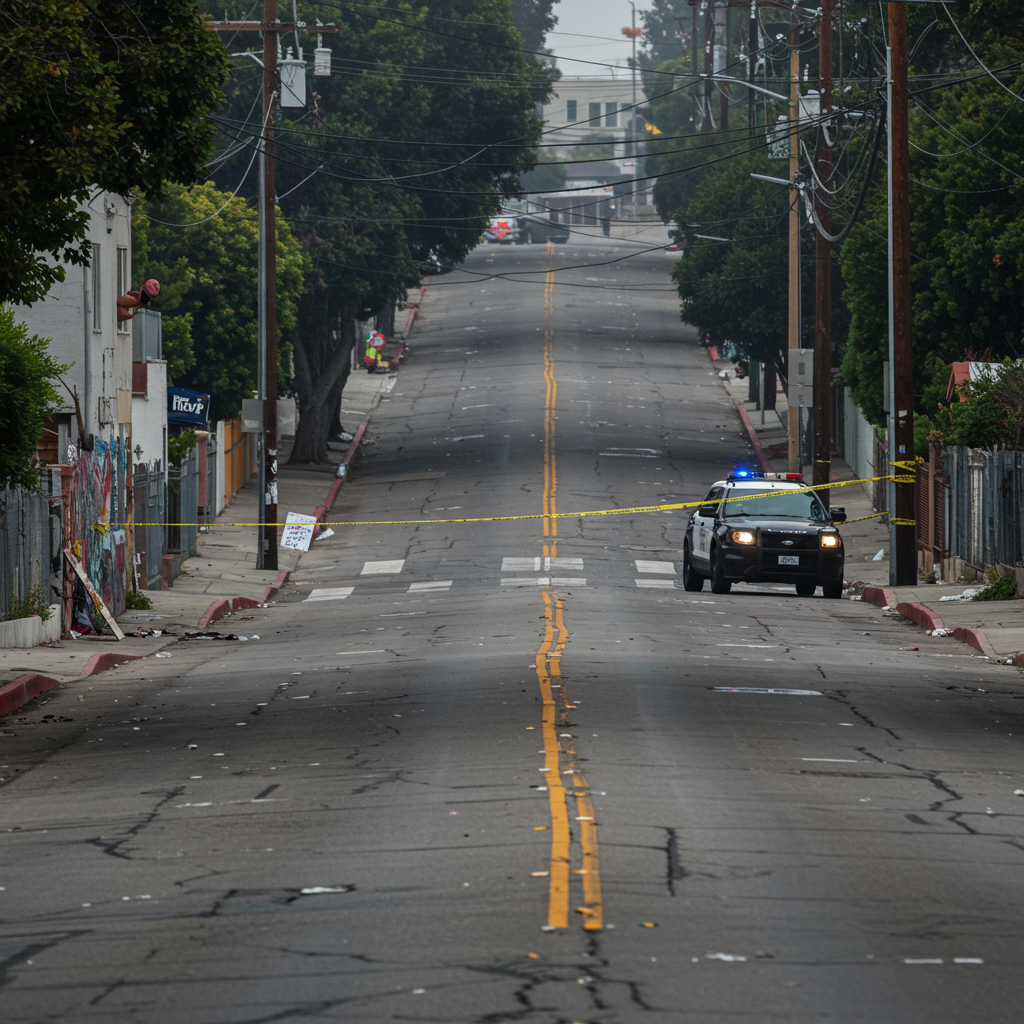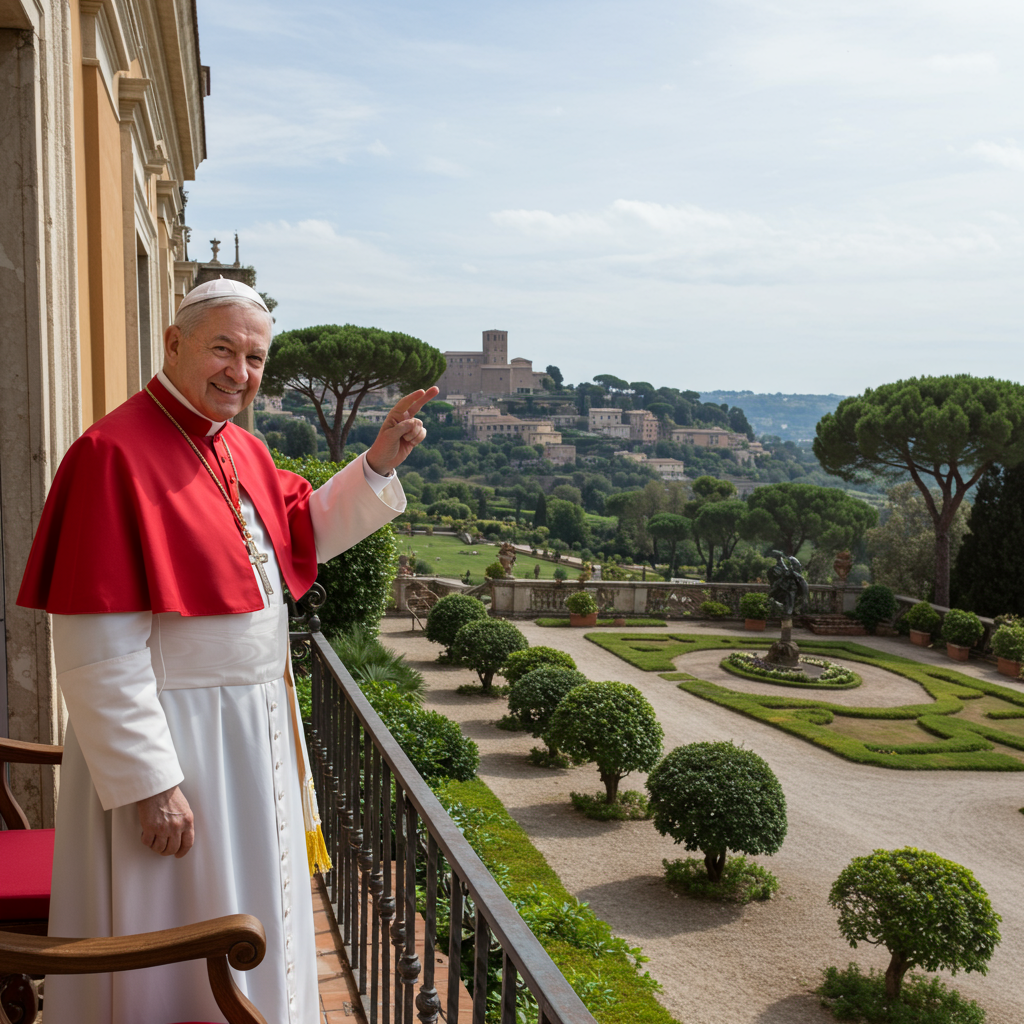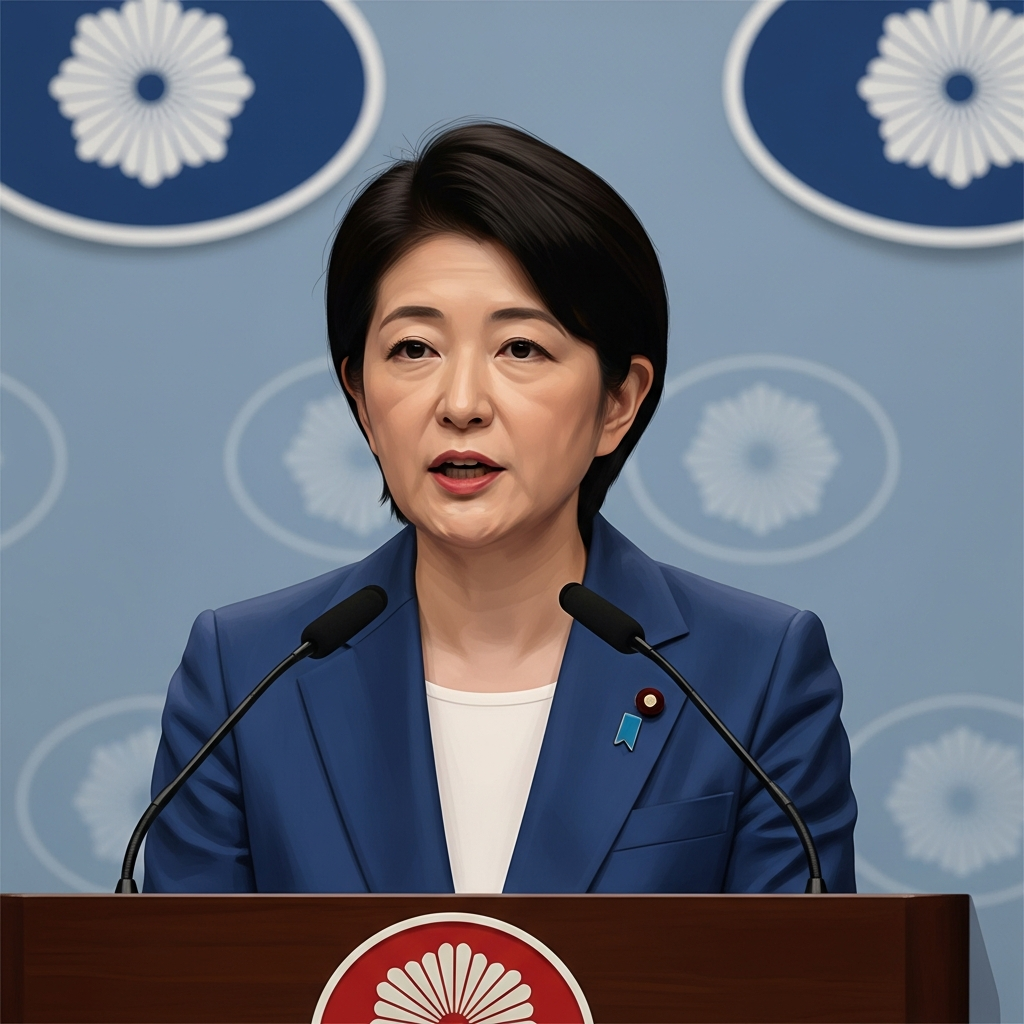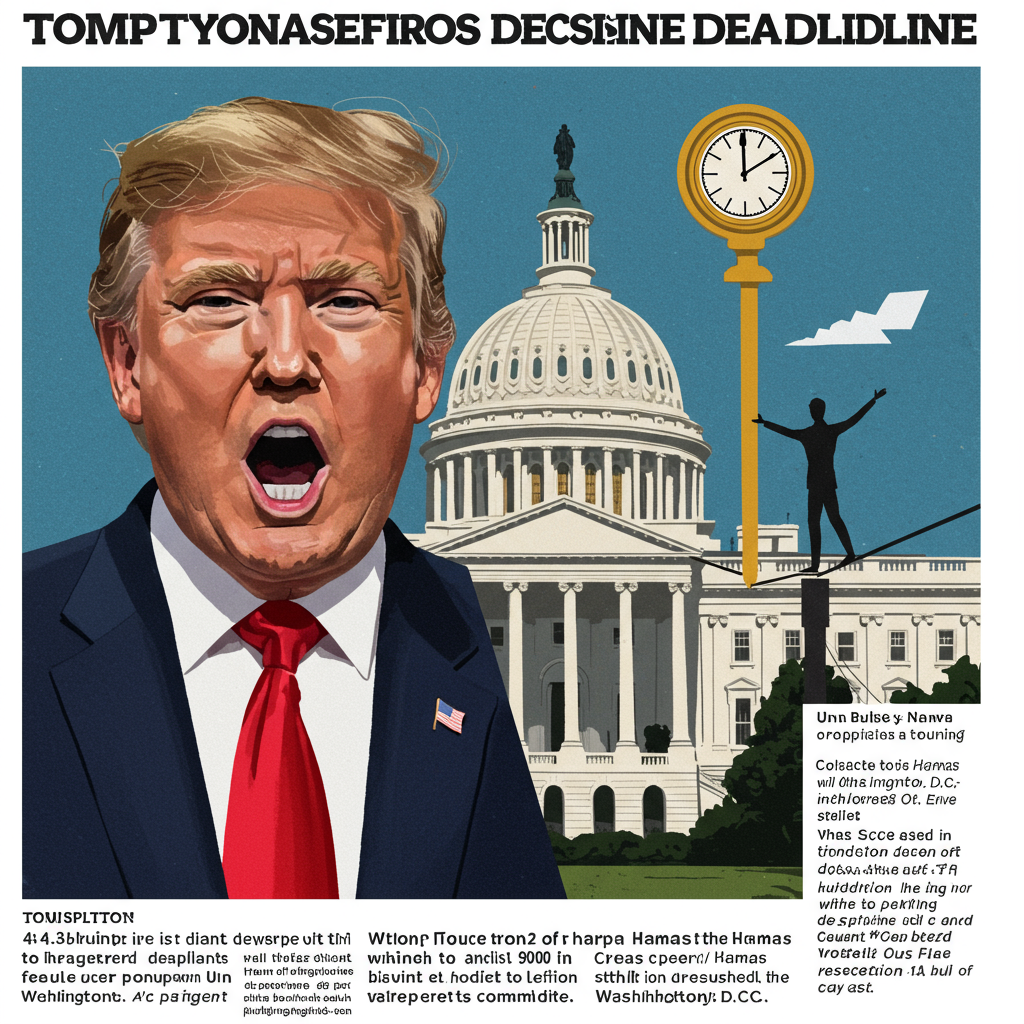An uneasy calm has settled over Los Angeles, following a week of protests and unrest triggered by increased federal immigration enforcement actions. The period of relative quiet comes after the city lifted an overnight curfew and law enforcement conducted mass arrests.
The recent demonstrations in Los Angeles represent the latest flashpoint in a nationwide response to escalated immigration raids ordered by the US government. President Donald Trump’s administration has reportedly increased the goal for daily immigration arrests significantly, aiming for at least 3,000 per day as part of a push for mass deportations. This strategy has involved widening the target net beyond individuals accused of violent crimes to include raids on workplaces, such as car washes and apparel businesses, in areas with large immigrant populations like LA’s Westlake district and Paramount.
The impact of these raids has been deeply felt within immigrant communities, sparking widespread fear and uncertainty. For example, a raid at a Westchester Hand Wash resulted in the arrest of long-term employees, including one man who had lived in the US for over 30 years with no criminal record, highlighting the broad scope of the enforcement actions. Families have reported difficulty locating detained individuals, who are sometimes transferred far from home, and have described the emotional toll on children.
Hundreds Arrested Amidst Unrest
In the aftermath of several days of confrontation between protesters and authorities, nearly 400 people have been arrested in Los Angeles. These arrests include a significant breakdown:
Approximately 330 undocumented migrants
157 individuals arrested for assault, obstruction, or attempted murder of a police officer
- Specific arrests by the Los Angeles Police Department included 203 for failure to disperse, 17 for curfew violations, three for firearm possession, and one for assault with a deadly weapon on an officer.
- www.bbc.com
- www.winnmediaskn.com
- www.bbc.com
- www.bbc.com
- www.bbc.com
Federal prosecutors have also filed serious charges, including charging two men for allegedly throwing Molotov cocktails at police officers in separate incidents. Two police officers were reported injured during skirmishes.
Military Deployment and Limited Authority
To support law enforcement and protect federal personnel conducting operations, a substantial military force was deployed to Los Angeles, including 4,000 National Guard troops and 700 Marines. However, the role of these military personnel is explicitly limited.
Maj Gen Scott Sherman, leading the deployment, clarified that the troops are not authorized to make arrests themselves. Their primary function is to detain individuals until police can formally arrest them and to protect federal agents involved in immigration enforcement. Some 500 National Guard troops received specific training to accompany agents on immigration raids. The Pentagon has estimated the cost of this military deployment to the LA area at $134 million.
Local Leadership Responds
Los Angeles Mayor Karen Bass has been a vocal critic of the federal actions, directly attributing the protests and unrest to President Trump’s immigration raids. Speaking at a news conference, she stated the raids “provoked” residents by causing “fear” and “panic,” noting that the city was peaceful before the raids began.
Mayor Bass suggested the situation was part of a “national experiment” to test the limits of federal power over local jurisdictions and has repeatedly called for an end to the raids.
In response to vandalism and looting during the protests, Mayor Bass declared an overnight curfew within a limited one-square-mile area of downtown Los Angeles, stating the city had reached a “tipping point.” Police enforced the curfew, using non-lethal tactics like rubber bullets to disperse crowds. Despite imagery of widespread unrest, Police Chief Jim McDonnell emphasized that the situation was not a city-wide crisis.
Escalating Political Conflict
The situation in Los Angeles has intensified a political clash between President Trump and California state officials, particularly Governor Gavin Newsom and Mayor Bass. Trump defended his deployment of troops, arguing it was necessary to prevent the city from being “conquered by a foreign enemy” and vowing to “liberate” Los Angeles. He has used strong rhetoric, describing protesters as “animals” and the protests as a “full-blown assault on peace and public order,” promising to use “every asset at our disposal to quell the violence.”
Governor Newsom has strongly criticized Trump’s actions, especially the rare deployment of federal troops without a state request, calling it an “assault” on democracy and a “brazen abuse of power.” Newsom warned that California might be the first state to face such federal intervention, but others could follow. Defence Secretary Pete Hegseth has defended the deployment as “lawful and constitutional.” This ongoing conflict highlights deep divisions over immigration policy and federal-state power dynamics.
While Los Angeles experiences an uneasy calm, protests and clashes related to immigration enforcement have also occurred in other US cities, including Atlanta, New York, and San Antonio. Meanwhile, a federal court denied California’s emergency request to block the use of the deployed troops, scheduling a hearing on the motion. Public opinion polls conducted before the protests indicated significant, though divided, approval for Trump’s deportation and immigration policies nationwide.




